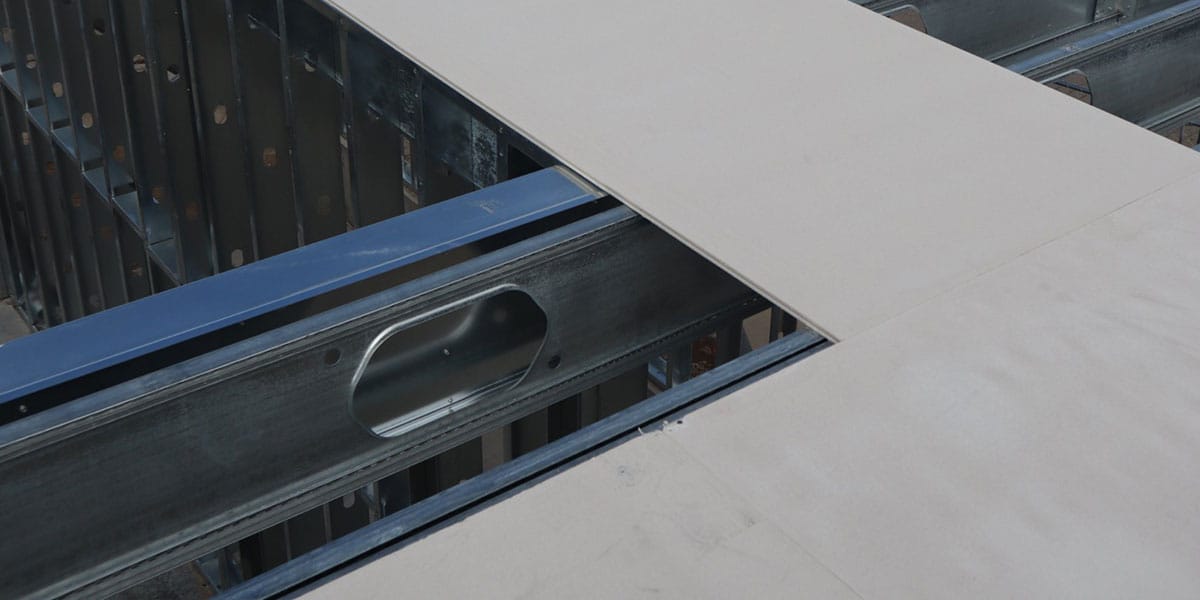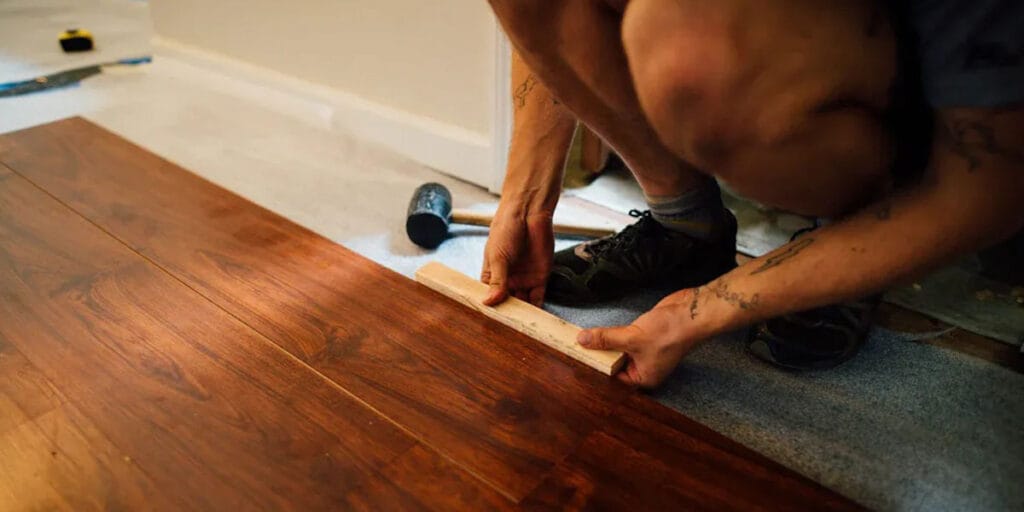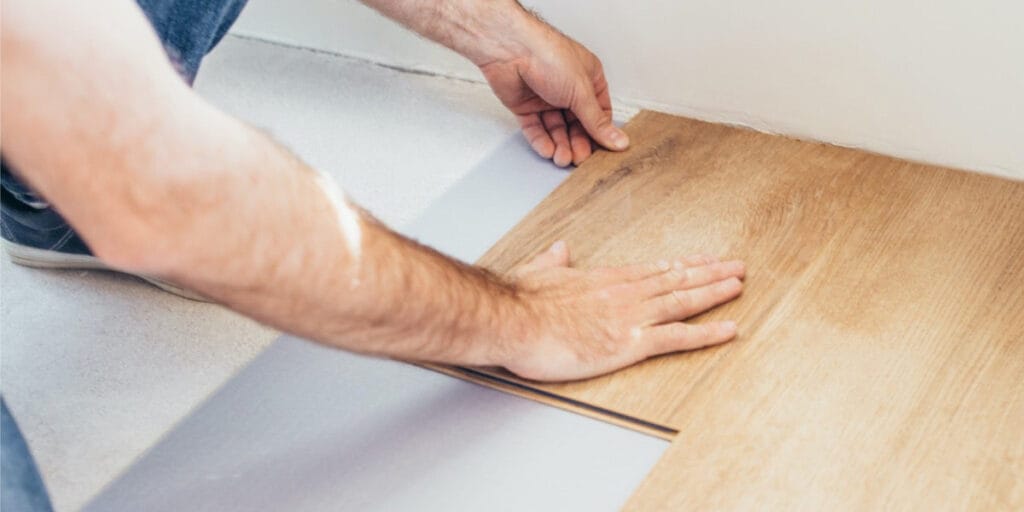
20 Jun Top Subfloor Alternatives to Cement Board in 2025
Table of Contents
- 1 Key Takeaways
- 2 Overview of Cement Boards and Why Alternatives Are Needed
- 3 Top Subfloor Alternatives to Cement Board
- 4 Pros, Cons, and Applications of Each Subfloor Alternative
- 4.1 Fiber Cement Backer Board: Pros, Cons, and Best Uses
- 4.2 Magnesium Subfloor Board: Pros, Cons, and Best Uses
- 4.3 Foam Boards: Pros, Cons, and Best Uses
- 4.4 Plywood and OSB: Pros, Cons, and Best Uses
- 4.5 DensShield: Pros, Cons, and Best Uses
- 4.6 Schluter Ditra: Pros, Cons, and Best Uses
- 4.7 Glass Mat Gypsum Boards: Pros, Cons, and Best Uses
- 5 How to Choose the Right Subfloor Alternative
- 6 FAQ
Cement board has been a popular subfloor material for years, but it’s not always the best choice. Why is that? Let’s explain:
High-quality cement boards cost a lot, so people look for subfloor alternatives that are cheaper.
Installing them takes a long time, so easier options are better.
In 2025, new subfloor alternatives are improving to fit your needs.
Key Takeaways
Cement boards are heavy and hard to install. Options like magnesium boards and foam boards are easier to use.
Subfloor options can resist water better and keep spaces warmer. They help stop mold and save energy in damp places.
Pick the right subfloor based on your needs. Think about water resistance, strength, and cost for a good result.
Overview of Cement Boards and Why Alternatives Are Needed
What Are Cement Boards?
Cement boards are materials used under tiles or floors. They are made by mixing cement with fibers, making them strong and water-resistant. These boards are often used in places like bathrooms and kitchens where water is common. They come in different thicknesses, from thin sheets to thick panels. To make them stronger, they are reinforced with materials like glass fiber or polymers.
Builders use cement boards in homes, offices, and big construction projects. Whether fixing a bathroom or building something large, many choose cement boards.
Common Limitations of Cement Boards
Cement boards work well but have some downsides:
Heavyweight: They are heavier than other subfloor options, so they’re harder to move.
Installation Complexity: You need special tools to cut and install them, which takes time.
Brittle Nature: They can break if dropped or exposed to extreme temperatures.
Dust and Debris: Cutting them creates dust that can harm your lungs, so wear safety gear.
Moisture Issues: If not sealed, they can soak up water and grow mold.
Limited Insulation: They don’t keep heat in, so they aren’t energy-efficient.
Why Consider Subfloor Alternatives?
Why are subfloor alternatives becoming more popular? They are easier to use and perform better. Many are lighter, so they’re simpler to carry. They also resist water better, which is important in wet areas. Some, like foam boards, even help with insulation, saving energy.
Another reason is they are better for the planet. Making cement boards harms the environment and adds to carbon emissions. Alternatives often have less impact and can be recycled. They’re also quicker to install, saving time and money.
If you want something easier to use and eco-friendly, try subfloor alternatives.
Top Subfloor Alternatives to Cement Board

Fiber Cement Backer Board
Fiber cement backer boards are a strong choice for subfloors. They mix cement with fibers, making them tough and water-resistant. These boards work well in wet places like kitchens and bathrooms. Cutting and installing them is simple, so they’re great for DIY projects.
But, they can soak up water if not sealed properly. While they resist mold and rot, they might not last in very wet areas. If you want a sturdy and flexible option, fiber cement backer boards are a good pick.
Magnesium Subfloor Board
Magnesium boards, or MgO boards, are becoming more popular. They are very strong and don’t get damaged by water. These boards won’t swell, bend, or break when wet. They also resist bugs, mold, and mildew, lasting a long time.
Here’s how magnesium boards compare to other materials:
Material | Water Resistance | Strength and Durability |
|---|---|---|
MgO Board | Very strong; resists bugs, mold, and mildew | |
OSB | Poor; swells and breaks when wet | Strong when dry but weakens when wet |
Gypsum Board | Limited; can grow mold and mildew | Less strong, especially in wet or rough conditions |
Good; can soak water over time | Strong; resists pests, mold, and rot |
If you need a tough subfloor for wet areas, choose magnesium boards.
Foam Boards
Foam boards are light and easy to use, perfect for quick jobs. They are affordable and great at reducing noise, which is helpful in tall buildings. Foam also keeps heat in, saving energy and cutting costs.
Here’s a list of their benefits:
Benefit | Details |
|---|---|
Foam is a cheap option for flooring projects. | |
Easy to install | Foam is light and simple to handle, saving time. |
Noise reduction | Foam lowers sound, making it ideal for multi-story homes. |
Foam boards are best for light projects and places needing quiet.
Plywood and OSB (Oriented Strand Board)
Plywood and OSB are classic, affordable subfloor options. Plywood handles water better and dries faster. OSB is cheaper but holds water longer. Both are easy to install and last as long as the house.
Here’s a comparison to help you pick:
Feature | Plywood | OSB |
|---|---|---|
Water Resistance | Better at drying and resisting water | Holds water longer but resists moisture |
Installation Ease | Easy to install | Easy to install |
Strength | About 10% stronger over joists | Weaker for screws and nails |
Cost per Sheet | $16.50 | |
Installation Cost | $650 | $590 |
Lifespan | Lasts as long as the house | Lasts as long as the house |
For a lower price, pick OSB. For better water resistance, go with plywood.
DensShield
DensShield is great for areas with lots of moisture. It has a waterproof core covered in fiberglass, keeping water out. You don’t need extra barriers, making it easier to install.
When installed right, DensShield works well for shower walls. Use silicone between sheets to keep water out.
If you’re working on a bathroom or shower, DensShield is a solid choice.
Schluter Ditra
Schluter Ditra membranes make floors strong and crack-free for tiles. They stop cracks by handling movement and protect surfaces from water. These membranes also let extra moisture escape and spread weight evenly, making them good for heavy use.
Schluter Ditra is perfect for strong and reliable subflooring.
Glass Mat Gypsum Boards
Glass mat gypsum boards are tough and resist water well. Tests show they are 150% stronger against punctures than other materials. They stay strong even when wet, beating fleeceback membranes.
During Hurricane Katrina, the New Orleans Arena used these boards and avoided roof damage, unlike the Superdome.
If you need a subfloor that handles extreme conditions, glass mat gypsum boards are a great option.
Pros, Cons, and Applications of Each Subfloor Alternative

Fiber Cement Backer Board: Pros, Cons, and Best Uses
Fiber cement backer boards are strong and useful. They are reinforced with fibers, making them tough. These boards work well in wet places like bathrooms and kitchens.
Pros:
Durability: Fibers make them strong for heavy use.
Water Resistance: Mold and rot are less likely when sealed.
Ease of Use: Easy to cut and install for DIY projects.
Cons:
Heat Sensitivity: High heat can weaken them.
Water Absorption: They may soak water if not sealed.
Best Uses: Use these boards for tiled floors in wet spaces. They’re also great for sturdy flooring projects.
Magnesium Subfloor Board: Pros, Cons, and Best Uses
Magnesium boards, or MgO boards, are durable and eco-friendly. They resist fire and last a long time with little maintenance.
Pros:
Fire Safety: Great for schools and hospitals needing fire protection.
Moisture Resistance: Stops mold, helping with air quality.
Eco-Friendly: Can be recycled and breaks down naturally.
Cons:
Water Absorption: Needs extra sealing for very wet areas.
Best Uses: Use MgO boards in busy areas, fire-safe spaces, or green projects.
Foam Boards: Pros, Cons, and Best Uses
Foam boards are light and cheap, making them easy to install. They are also good for soundproofing and keeping heat inside.
Pros:
Lightweight: Simple to carry and install.
Energy Efficiency: Saves energy by keeping heat in.
Noise Reduction: Reduces sound, great for apartments.
Cons:
Durability: Not as strong as other options.
Limited Weight Tolerance: Can’t hold heavy loads.
Best Uses: Foam boards are best for soundproofing or insulation in homes or offices.
Plywood and OSB: Pros, Cons, and Best Uses
Plywood and OSB are affordable and easy to use. They are common choices for home flooring projects.
Pros:
Cost-Effective: Both are budget-friendly.
Ease of Installation: Simple to cut and fit into place.
Longevity: Lasts as long as the building.
Cons:
Water Resistance: OSB holds water longer; plywood dries faster.
Strength: Plywood is stronger over joists; OSB is weaker for nails.
Best Uses: Pick plywood for better water resistance. Choose OSB for lower costs. Both work well for general flooring.
DensShield: Pros, Cons, and Best Uses
DensShield is a waterproof subfloor option. It’s easy to install and doesn’t need extra barriers.
Pros:
Waterproof Core: Blocks water and prevents mold.
Ease of Installation: No extra barriers are needed.
Cons:
Cost: Costs more than basic options.
Limited Applications: Best for wet areas only.
Best Uses: DensShield is ideal for bathrooms, showers, and wet spaces.
Schluter Ditra: Pros, Cons, and Best Uses
Schluter Ditra membranes protect tiled floors from cracks and water damage. They are lightweight and simple to install.
Pros:
Crack Prevention: Keeps tiles from breaking.
Moisture Control: Lets water vapor escape.
Cons:
Cost: Higher upfront price.
Specialized Use: Mostly for tiled floors.
Best Uses: Schluter Ditra is great for tiled floors in kitchens, bathrooms, or busy areas.
Glass Mat Gypsum Boards: Pros, Cons, and Best Uses
Glass mat gypsum boards are strong and resist water. They are a good choice for tough environments.
Pros:
Strength: 150% stronger than other materials.
Moisture Resistance: Works well in wet conditions.
Cons:
Cost: More expensive than regular gypsum boards.
Weight: Heavier than other options.
Best Uses: These boards are perfect for harsh conditions like hurricanes or wet areas.
How to Choose the Right Subfloor Alternative
Factors to Consider: Moisture Resistance, Durability, and Budget
Picking the right subfloor depends on your project’s needs. First, think about moisture resistance. Wet areas like bathrooms need materials that block water, such as magnesium boards or DensShield. These options stop mold and stay strong in damp spaces. Next, consider durability. For busy areas, choose tough materials like plywood or magnesium boards that handle wear well.
Your budget matters too. OSB is the cheapest choice, making it popular for saving money. If you can spend more, plywood or magnesium boards last longer and perform better. Here’s a quick comparison:
Material | Fire Resistance | Moisture Resistance | Cost |
|---|---|---|---|
Plywood | Moderate | Excellent | Higher |
OSB | Low | Poor | Affordable |
MgO Boards | High | Excellent | Higher |
Best Options for Wet Areas
Wet spaces need materials that don’t break or grow mold. Magnesium boards are great because they stay strong and don’t swell when wet. DensShield is another good pick with its waterproof core, skipping extra barriers. Fiber cement backer boards also work but need sealing to block water.
Tip: Follow the manufacturer’s instructions for sealing and installing in wet areas for best results.
Best Options for High-Traffic Areas
Busy spaces need strong subfloors. Plywood works well because it resists bending and lasts a long time. Magnesium boards are even stronger, handling heavy use easily. For tiled floors, try Schluter Ditra membranes. They stop cracks and spread weight evenly, perfect for high-traffic spots.
Eco-Friendly and Lightweight Choices
For eco-friendly and light options, magnesium boards and fiberboard sheathing are great picks. Magnesium boards use natural materials and are lighter than plywood. Fiberboard sheathing, made from compressed wood fibers, often includes recycled content. It’s light but sturdy, making installation simple.
Did you know? Lightweight materials save time, lower transport costs, and help the environment.
Cement board has been popular for many years, but it’s not the only choice. Other subfloor options, like magnesium boards, foam boards, and DensShield, have special advantages. Consider what your project needs—like blocking water, lasting longer, or saving money. Picking the right material for your space can make your work easier and faster.
FAQ
What is the best subfloor material for wet areas?
Tip: Use magnesium boards or DensShield in wet spaces. They block water, stop mold, and stay strong even when damp.
Are foam boards strong enough for heavy furniture?
Foam boards can’t hold heavy furniture well. They are better for keeping heat in or reducing noise in rooms with light furniture.
Can I install Schluter Ditra myself?
Yes, you can! Schluter Ditra is light and simple to use. Follow the instructions from the maker for the best outcome.
